According to the leaks, it looks like Vivo and Xiaomi’s premium flagship phones won’t have models other than leather-like covers. In fact, they’ve already done so last year, such as the Xiaomi 12S Ultra and Vivo X90 Pro+, which don’t offer any non-leather versions.
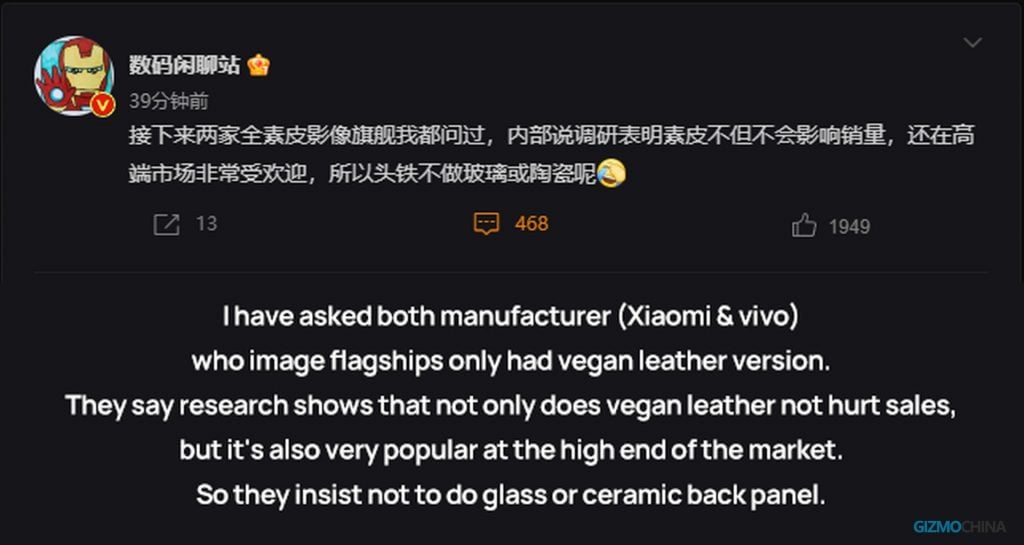
To be honest, I’m disappointed with Xiaomi and Vivo. As a phone back cover material, leather has some advantages but also significant disadvantages. So here’re the pros and cons of the main phone back cover materials. Please, don’t be deceived by the manufacturer’s propaganda.
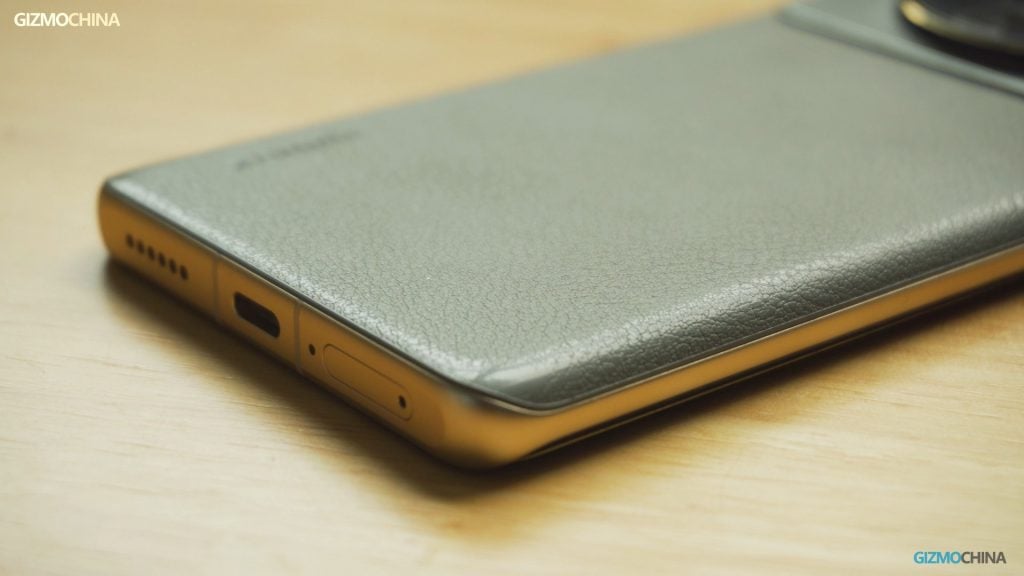
Leather
Why I’m disappointed with the decision Xiaomi made, besides the fact that it doesn’t give consumers a choice, it’s also because the leather-like material is very unsuitable as a phone back cover material. I made a table below based on weight, scratch resistance, drop resistance, dirt resistance, service life, and whether it’s premium or not. It is easy to see that leather is the most drawback material among them.
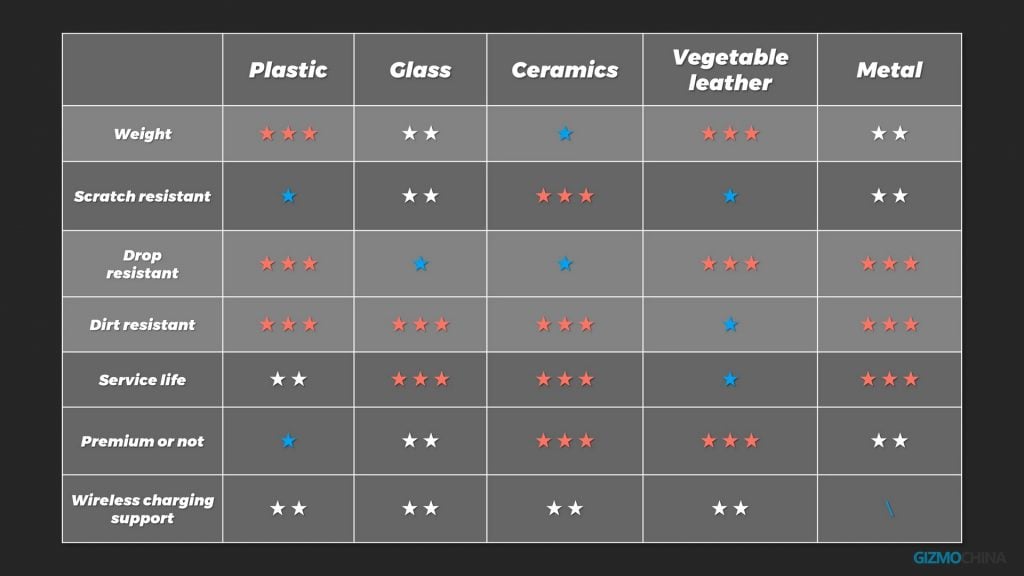
First of all, its advantages are not perceivable. Although I gave it ‘3 stars’ for weight, it is only a few grams lighter than glass, and you can barely feel it. With mid-range phones like the Redmi K60 having a leather back cover, it isn’t unique to flagship phones anymore. The brands wouldn’t tell you the truth of the drawback: Its service life. No matter how much you care for it, it will wear out from your pockets and desk. If your hands are often sweaty, the leather material could be a disaster. Although they advertise that the new leather-like materials are scratch and dirt resistant, the truth is that they are not as durable as most other materials.

According to Counterpoint Research, the average replacement cycle of individual phones will remain over 40 months in the short term because of COVID. That means most people need to buy a phone and use it for at least 3 years, so if you want your phone to last as long as possible, then avoid buying the leather-back version of the phone.
Glass
I think glass is the most classical and appropriate material for the back cover of the phone. It has many benefits and only one drawback, that is, it is easy to be broken. As long as you take good care of it, you can hardly see the traces of time left on it. It is not as heavy as ceramic or short-lived as leather. It is more premium than plastic and supports wireless charging. Meanwhile, glass, like plastic, can be dyed in various colors, which means that your phone has more colors to choose from. That’s also the reason why 80% of phones now prefer to use glass as the material for the back cover.
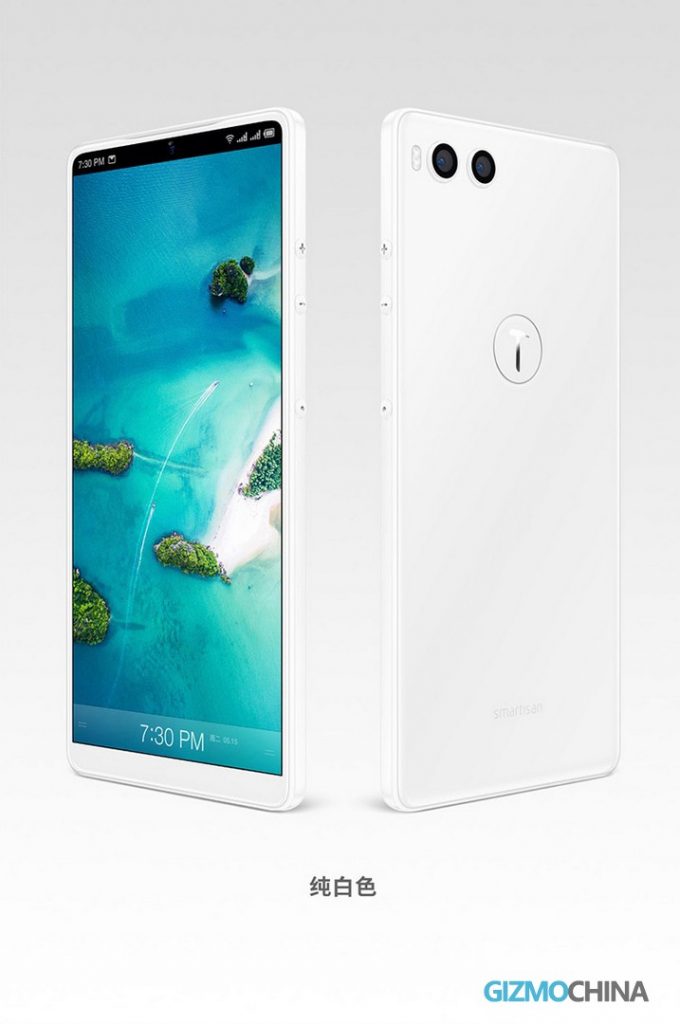
Plastic
Actually, plastic is also good as a smartphone back cover material. It’s been a long period since many phone brands follow the trend of using glass as a phone back cover. Plastic covers have been favored by budget models since it’s easy to match the lower cost. Now the biggest reason why it got replaced by glass is that it is not ” premium ” at all. Plastic can be made to look the same as glass, but because its coefficient of thermal conductivity is different, once you touch it, you can feel the difference. You can find plastic cups and glass cups, look and touch them. And you can feel the natural disadvantages of plastic.
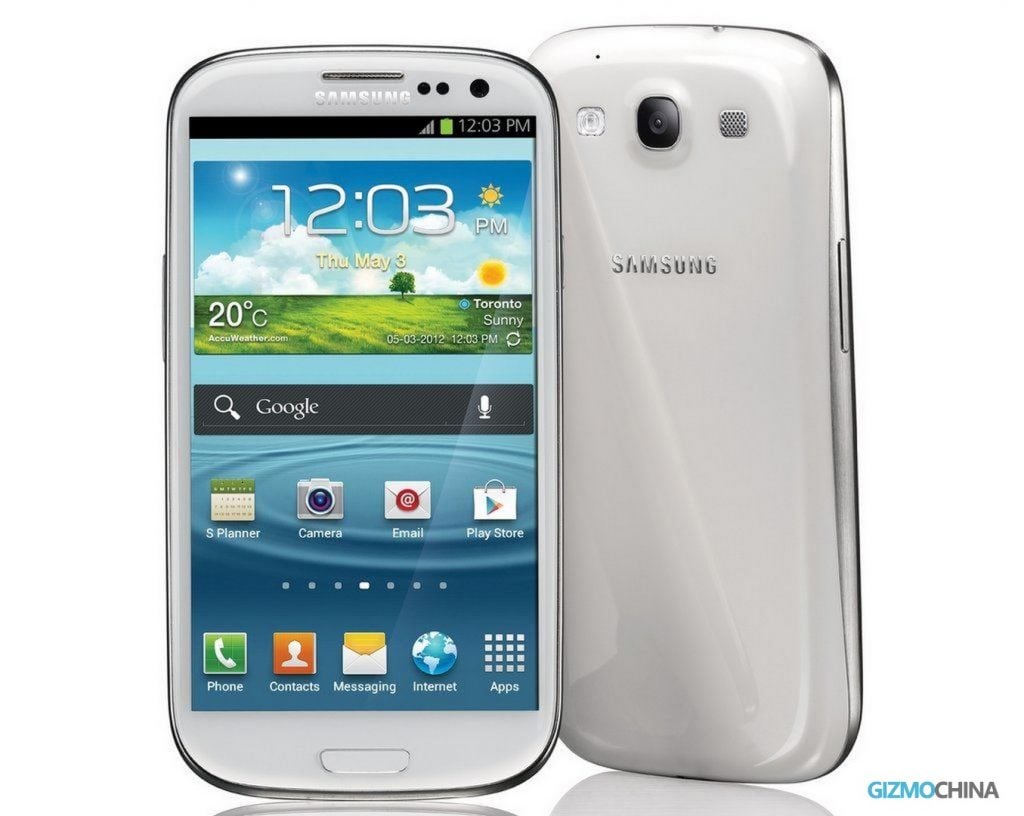
Because both plastic and leather are essentially PVC materials, neither is comparable to glass and ceramic in terms of thermal design. These two materials will theoretically dissipate heat worse than other materials. This is one of the PVC materials disadvantages.
Ceramic
Ceramic as a back cover material is actually quite excellent. It feels a bit like glass, and it is very premium to touch. But the trade-off for higher hardness is a more fragile body. But in other words, as long as you do not drop the phone, it is the perfect phone back cover material. But why do smartphone manufacturers rarely use ceramic? It leads to a lower pass rate and a much more difficult process, further resulting in higher costs. So unless it is the most expensive flagship phone, very few brands would use ceramic. It also has a drawback of limited coloring. Generally, there’re only three colors of black, white and gray for options if you pick the ceramic variants. But because these three colors are so classic that most consumers would still take them.
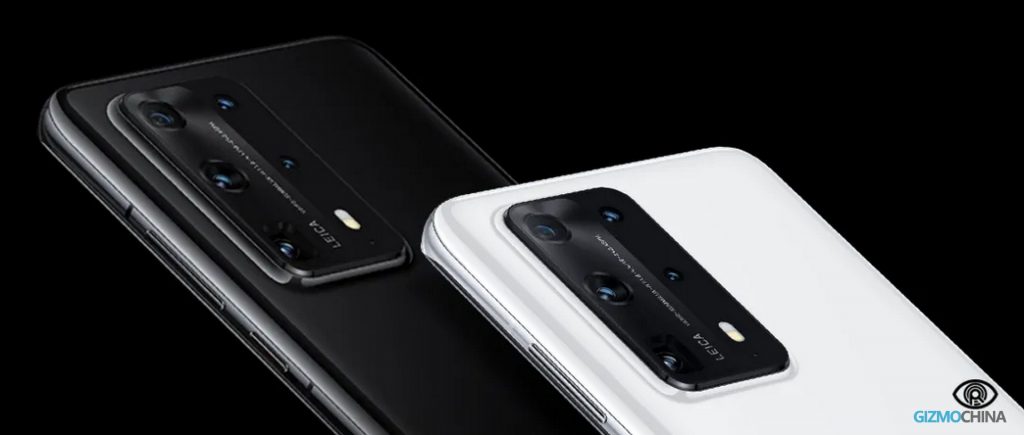
Metal
Metal material, like plastic, is also the most popular back cover material of old phones. It’s hard and strong, protecting phones from being damaged from crashing or falling. It is also cheaper and easier to process. But it has a very serious disadvantage: it might block signals. Can you still remember the ugly plastic strip on the back cover of the phones released about 9 years ago? The ugly design is to make the signal break through the metal cover. And if cover your phone with a metal panel, there’s no way to put a wireless charging coil in the phone, unless you want the phone to explode. So it is now inevitable that metal materials will be eliminated as a phone’s back cover.
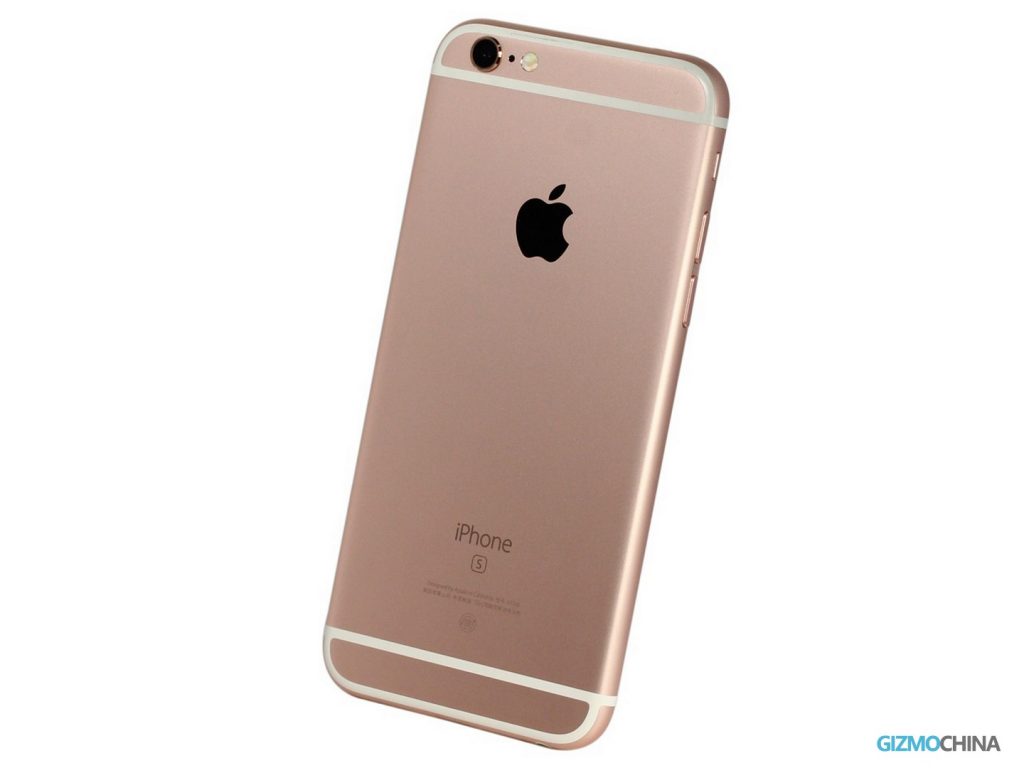
Case protection
I know that many people like to put on a case for their phone. This can protect against drops and scratches and avoid spending more money to fix the back cover or screen. But there are always people who don’t like cases, like me. All smartphone manufacturers do their best to make their phones lighter, thinner, and better looking. I didn’t want to ruin their efforts with a phone case, so I chose to leave the phone naked. I hope this article can help you make your own decision. Of course, if you are butterfingers, putting on a good phone case is more important to you than what back cover material you choose.




